Following the release of Cherry, William Strobeck’s skate video for Supreme, something unexpected happened to skateboarding’s economy: skate shops started selling a shit load of Chuck Taylors. Popular in the ‘80s and then ditched for more durable skate shoes that had more ankle support, they were seen as the clown shoes of skateboarding throughout the early 90s and all but disappeared.
Cherry was meant to be a marketing tool for Supreme’s already omnipresent brand, but it might have done more for Converse’s skate program – something no one could have predicted.
Moments after Cherry dropped, everyone had an opinion about it. What about those “Fucking Awesome Kids,” this guy didn’t have enough footage, that guy surprised me, Dill being Dill was rad/annoying, and Jesus Christ, Dylan is good. That’s what a great video does and what Strobeck is able to do: show the heart of skateboarding—not just the tricks. Characters develop over the course of Cherry and you’re suddenly invested in them or opposed to them. You’re not supposed to do anything but react, and we did. But no one could have predicted a brand video reinvigorating an entirely separate brand within skateboarding.
We talked to a couple of east coast skate shops and they all mentioned a massive spike in the sales of Converse sneakers due to Cherry & Joyride, as well as their many notable pros and public installations. This was playfully dubbed by someone in a skate shop as the “Cherrington Effect” : A riff on Strobeck’s video and the visibility of Cons rider Aaron Herrington, who—like the brand—is highly involved with kids. Between The Rubber Tracks program, the Cons Project, and building a replica of Lockwood in Williamsburg, the Boston based brand has carved out a presence in New York, and it’s selling a lot of shoes. They’ve also made a stamp in internationally, backing Pontus Alv and Polar, along with building a string of pop-up parks and organizing events all over.
Classics always come around, as even they hit streaks of being uncool, but is the idea of a skate video as a shill for shoes anything new?
In the ‘80s, the last pair of Vans you’d entertain lacing up were chukka boots. They were disgusting—at least at first glance. Though they were less bootlike than the thigh-high Airwalks that were popular then, no one wanted to skate in boots, and what the fuck was a “chukka” anyway? Well, one guy was OK skating in boots and shoes, and he happened to be really good at skateboarding. Good enough to influence a generation of kids. His name? Matt Hensley.
Matt Hensely, with an assist from Neil Blender, was responsible for making the chukka boot cool in 1990, making something so ugly look so attractive and creating a demand, proving the marketing power of a skateboarding video. Of course you needed the other accoutrements to fully become a Faux Hensely, and thousand of kids across the US and A emulated him with cut off cargo pants, chain wallets, and unique pre-ollie posture. He also helped Operation Ivy sell tens of thousands of LPs in the process, and they had broken up a year prior.
Chuck Taylors might have never been actually out of fashion, but they certainly lost popularity in skating during the massive era of progression in the early ‘90s. In fact, they are still the best selling sneaker of all time and with some slight tweaks to their construction and marketing, they’ve been completely revitalized among skateboarders, along with the entire Converse brand. When a kid pushes around in a pair, hair flopping to one side, bejeweled fingers on his lead knee, he’s got the same feeling as a kid in the ‘70s emulating the Z-Boys, a hunched over Hensely-ite, or all the Jr. Piss Drunks out there spiking their hair.
When style is captured by someone with the skill to see it and document it the right way, it can be provocative, inspiring, and it can definitely sell sneakers. Backed by a brand in touch with where skateboarding is, coupled by the speed at which things change in the social media age, the impact can hit like a lightning bolt, cracking open an entirely new market. Credit Strobeck, Converse and a handful of charismatic skateboarders for revitalizing a shoe and forcing everyone to have an opinion about a heritage brand.
Cherry is a commercial—sometimes we forget that these things ARE made to sell shit. Supreme doesn’t really have any problems selling out of whatever they put their box logo on, from can openers to plain white tees, but I’m sure the brand didn’t realize how much of an impact they would have on Chuck Taylors. Of course they’re still a store, and a brand, so they only benefit by juicing up what they sell – but this could have been the first time in skateboarding that a company video ended up promoting a separate brand more successfully than itself. Even Sean Pablo said in a recent VHS Mag interview that he “probably wouldn’t have fully gotten on Converse if [he] weren’t in Cherry.”
Both Supreme and Converse are massive global brands that managed to draw attention to themselves in 2014 without being obnoxious or coming off as huge as they actually are. In fact, when you think of the Massachusetts founded brand’s skate program, it’s easy to forget they’re a company that was purchased by Nike in 2003 for over 300 million dollars.
So Cherry, Joyride and all those melancholy Polar clips might have been a coup for Converse, but is this going to be the next trend in cross-marketing? Are we going to see a spike in kids wearing Red Bull beanies after the Plan B video drops?
Perhaps the smartest thing brands that are enormous outside of skateboarding can do to maintain a presence in our subculture is nothing. Take a more hands off approach: let the director film, the skaters skate, and have it unfold organically, without being intrusive or leveraging some forced marketing initiative. Unlike other brands in skateboarding bashing us over the heads with elaborate campaigns, drilling #hashtags into our head, maybe the most tactical marketing move a big brand can make is to take a step back, respect our culture and let the skateboarders do it themselves.
Related Posts
Comments
Popular
-
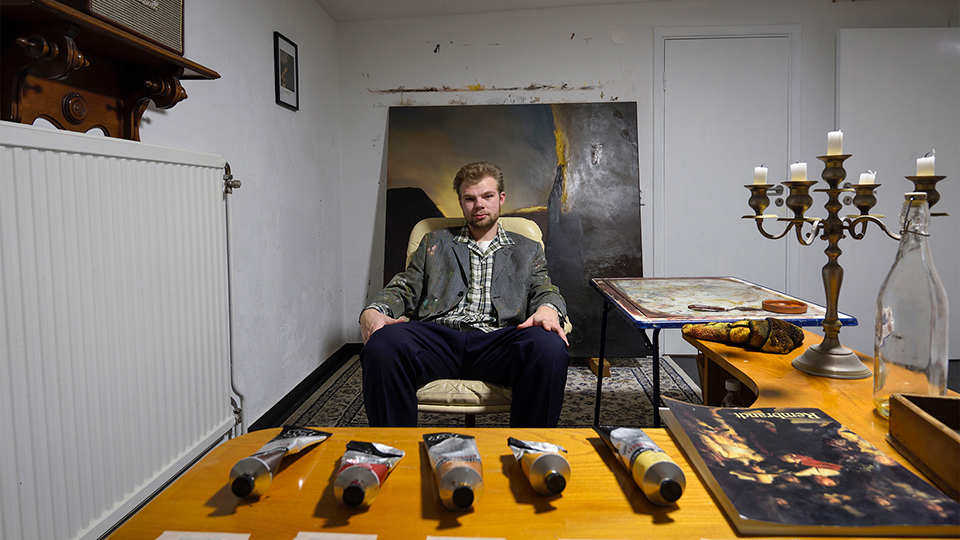 A CHAT WITH LUDVIG HAKANSSON, THE OLDEST SOUL IN SKATEBOARDING
A CHAT WITH LUDVIG HAKANSSON, THE OLDEST SOUL IN SKATEBOARDING
The man loves to read Nietzche, skates in some expensive vintage gear, and paints in his own neoclassical-meets-abstract-expressionist style.
-
 HANGING OUT WITH ANDREW HUBERMAN, SKATEBOARDER TURNED NEUROSCIENTIST
HANGING OUT WITH ANDREW HUBERMAN, SKATEBOARDER TURNED NEUROSCIENTIST
Curious what it would be like to hang with this guy outside of a stuffy podcast studio? Us too.
-
 GROWING UP, MOVING OUT, AND BREAKING BOARDS
GROWING UP, MOVING OUT, AND BREAKING BOARDS
A personal essay recounting a love affair with something we're all too familiar with.
-
 INTRODUCING THE NEW JENKEM COLLECTION, JUST IN TIME FOR THE HOLIDAYS
INTRODUCING THE NEW JENKEM COLLECTION, JUST IN TIME FOR THE HOLIDAYS
Air fresheners, bumper stickers, a shirt with a gun on it and a bunch of other stuff.
-
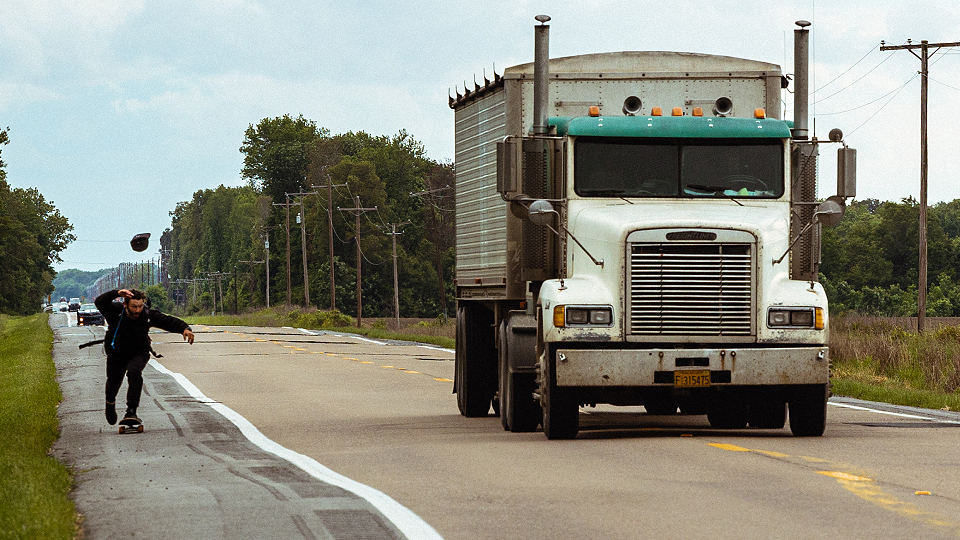 HOW CHAD CARUSO SKATED ACROSS AMERICA
HOW CHAD CARUSO SKATED ACROSS AMERICA
Chad did it the way most skateboarders would: independently and without much of a plan.

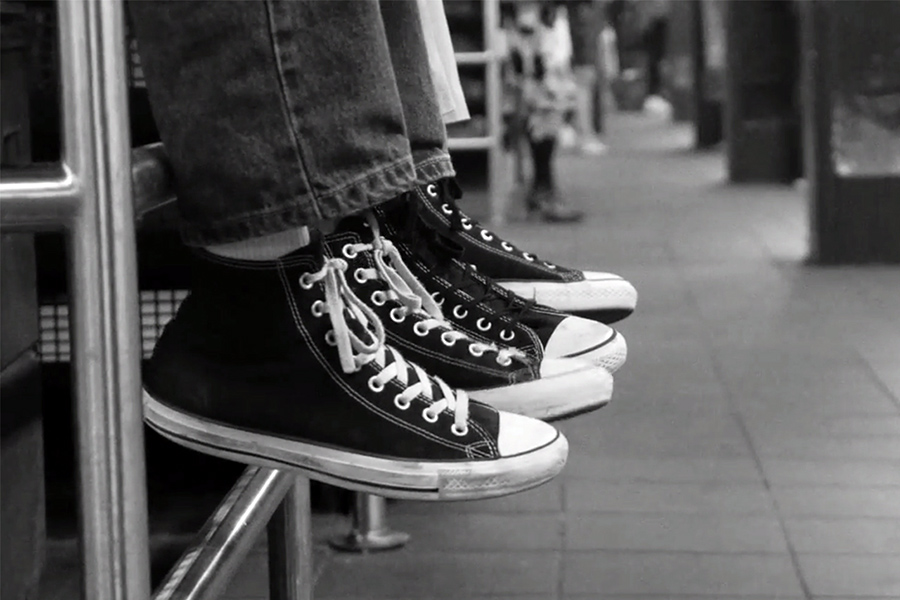
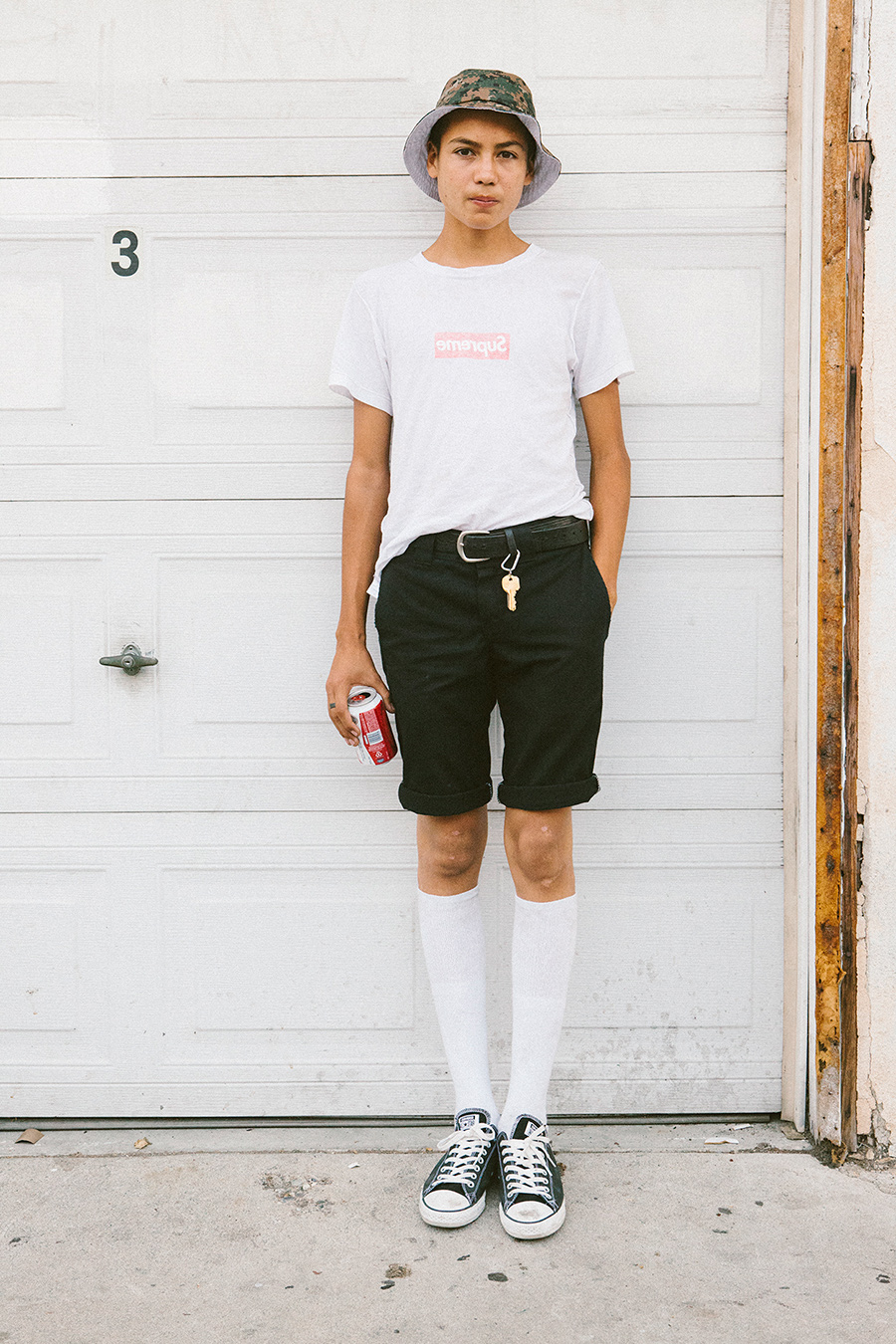
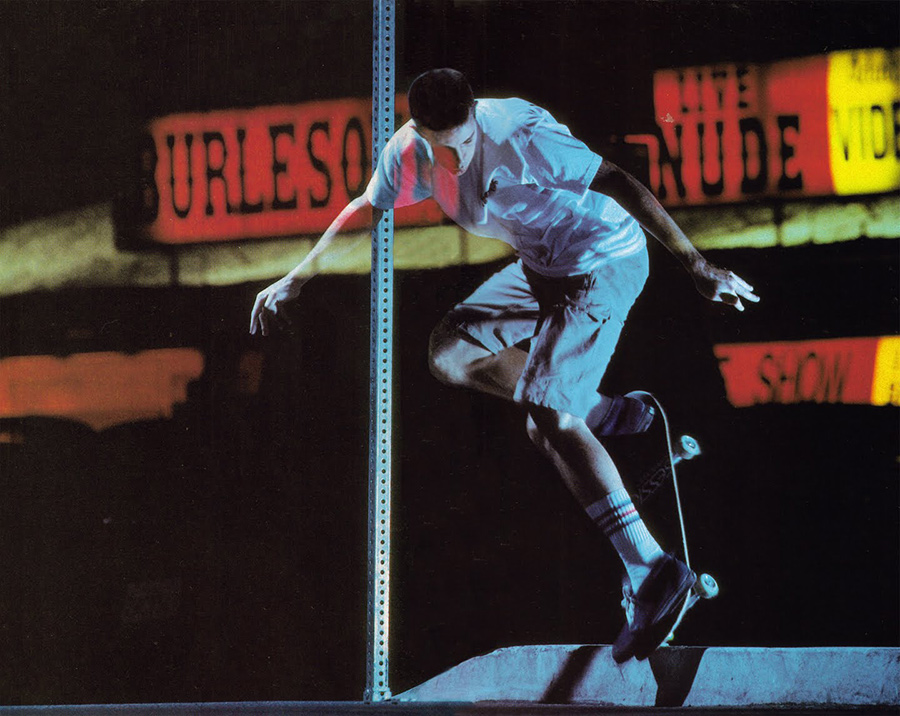

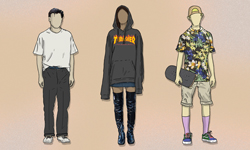
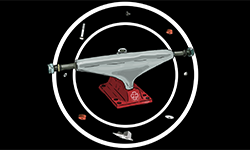
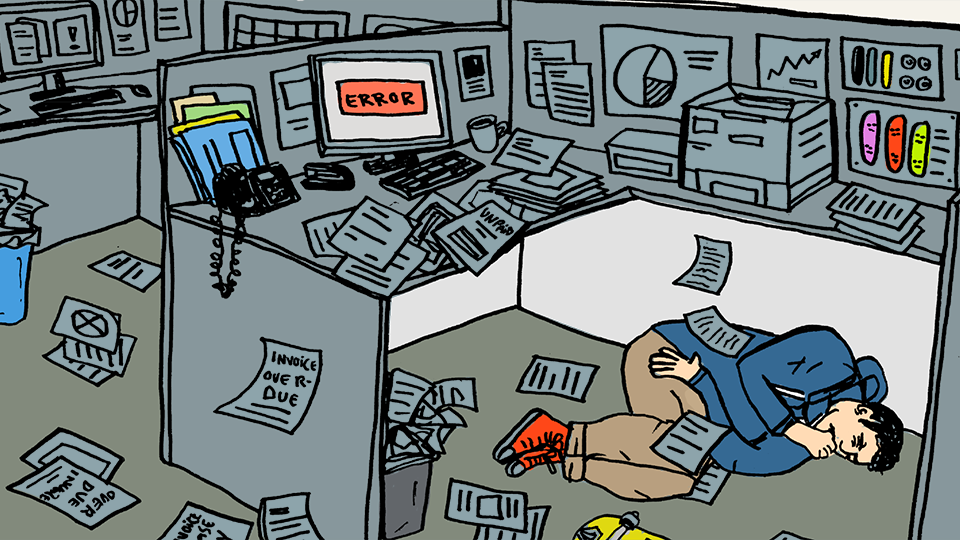
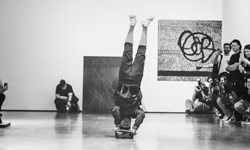
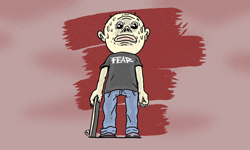
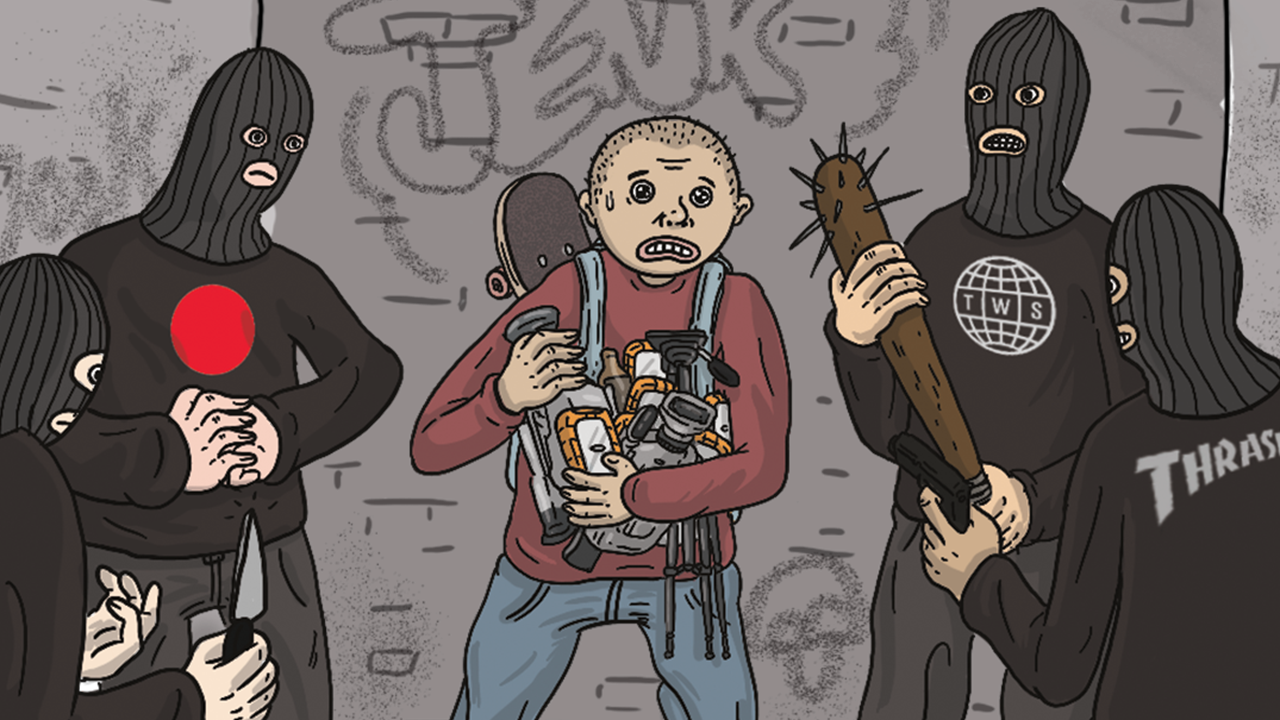
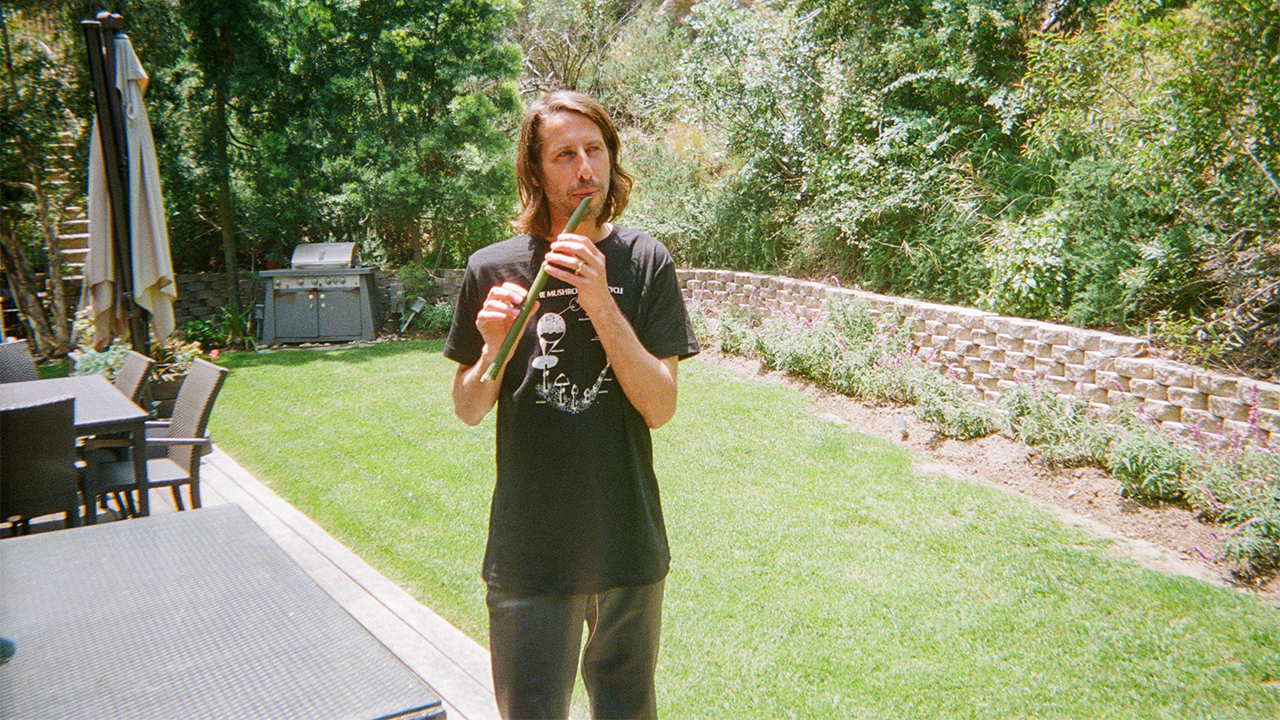
October 24, 2014 4:44 pm
stick to interviews, its the only thing jenkem does right.
October 25, 2014 5:15 am
they really fucked over pops tho…fuck em’ and let their fad die quick
October 26, 2014 12:10 pm
It’s too bad more skaters don’t care about what’s behind their favorite new shoe, even if it’s corruption, greed and exploitation
October 25, 2014 9:12 am
SWAGGITS!
October 25, 2014 4:38 pm
please jenkem, for each one of his writing, inform people that this is not anthony pappalardo the (ex)pro skater. its very misleading.